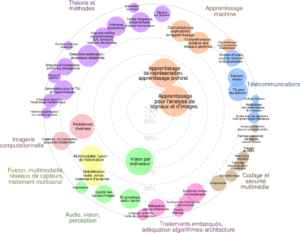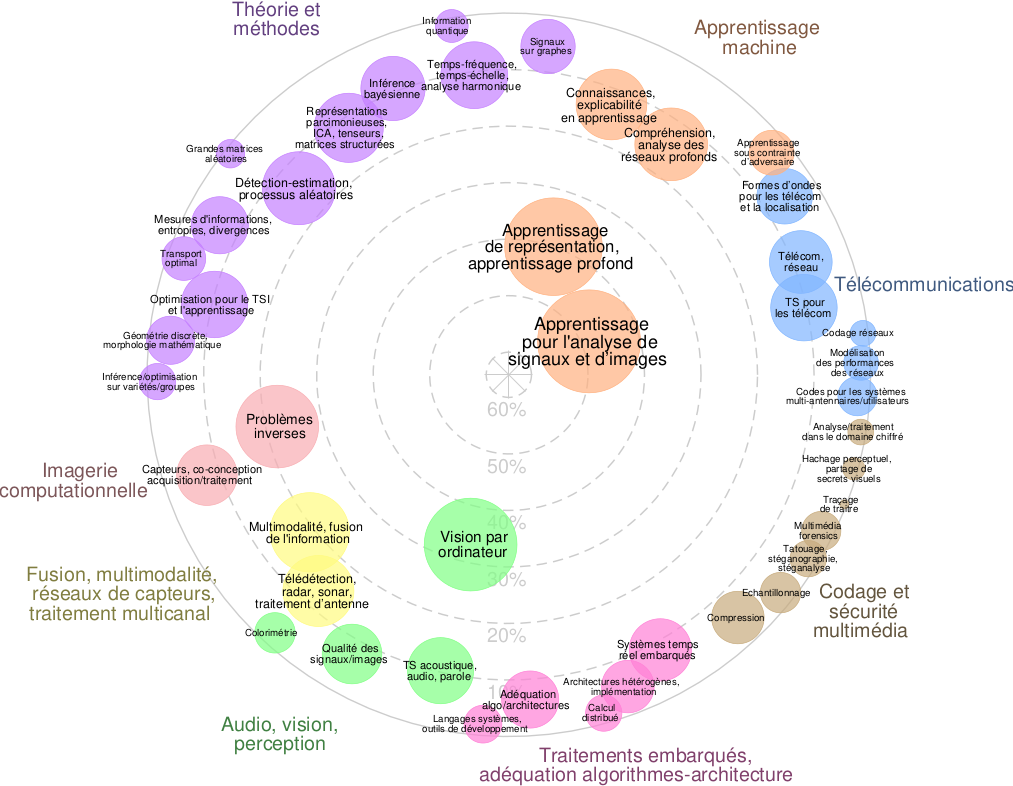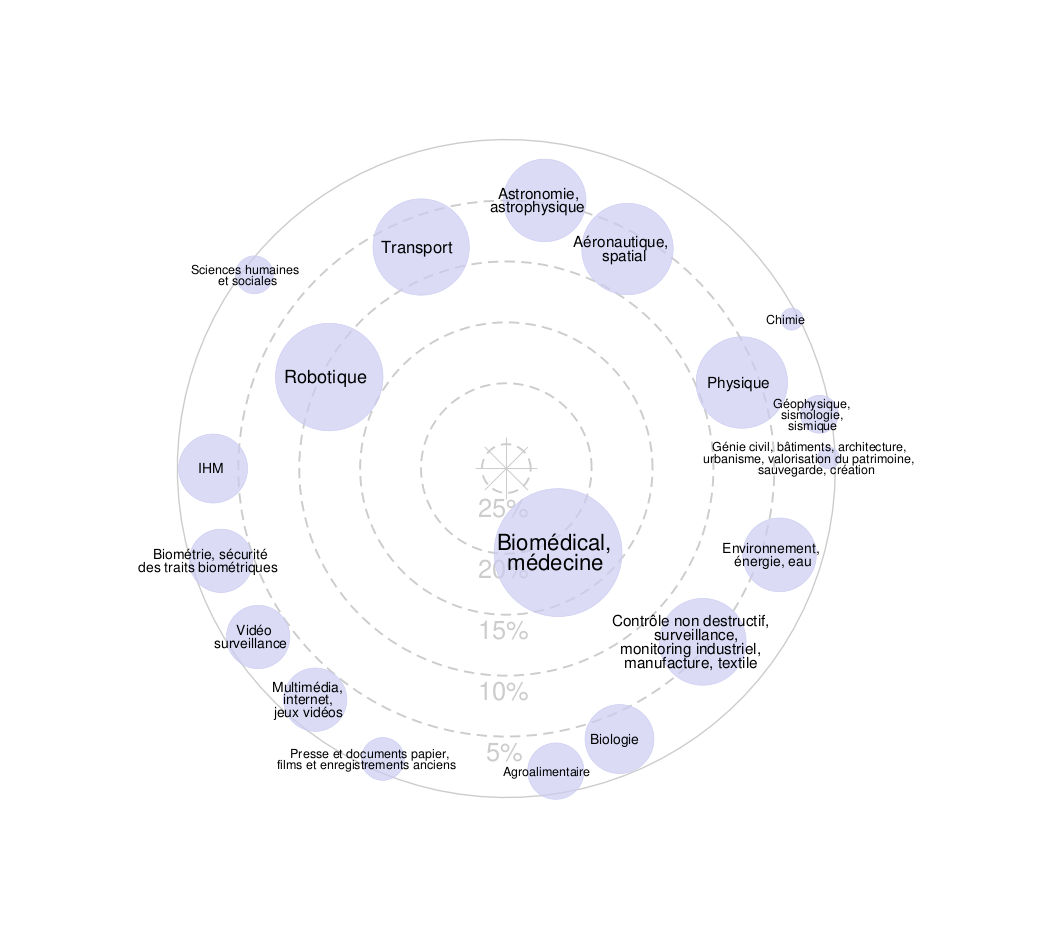- 28/03/2025 15:28 : Impact des techniques neuronales pour la microscopie computationnelle ; intervenant(s) : Dorizzi et Gottesman
- 14/01/2025 00:00 : Acquisition interférométrique compressive : de l’imagerie sans lentille au beamforming aléatoire en radioastronomie ; intervenant(s) : Jacques Laurent
- 19/12/2024 00:00 : L’Enderscope : une plateforme pédagogique pour l’imagerie computationnelle. ; intervenant(s) : Mutterer.J et Grandgirard.E
- 11/07/2024 00:00 : Computational reproductibility: an overview illustrated with examples from the medical imaging research community ; intervenant(s) : Sorina Pop
- 05/07/2024 10:00 : Sur quelques généralisations des divergences de Bregman : Convexité et géométrie ; intervenant(s) : Franck Nielsen
- 24/05/2024 00:00 : Attention-guided Dynamic inference for model compression ; intervenant(s) : Karim Haroun
- 24/05/2024 00:00 : Efficient Visual Search using Retinotopic convolutional neural networks ; intervenant(s) : Emmanuel Dauce
- 24/05/2024 00:00 : Évaluation de la qualité du nuage de points 3D sans référence en utilisant la saillance visuelle 3D ; intervenant(s) : Salima Bourbia
- 24/05/2024 00:00 : Exploring Visual Attention: Methods for Analyzing Gaze cues in Everyday Contexts ; intervenant(s) : Jean Marc Odobez
- 24/05/2024 00:00 : HMM representation of scan paths reveals consistently more and less efficient visual strategies for task recognition ; intervenant(s) : Tahri Badr
- 24/05/2024 00:00 : Neurosciences vs. vision par ordinateur : regard croisé sur l’attention visuelle ; intervenant(s) : Patrick Le Callet
- 27/01/2024 00:00 : Teaser Journées Imagerie Optique Non-Conventionnelle ; intervenant(s) : Nicolas Verrier, Nicolas Ducros, Alice Fontbonne
- 26/01/2024 09:00 : Memory, Light, Spin Glasses, and Deep Classification ; intervenant(s) : Marco Leonetti
- : Imagerie structurelle 3D de tissus riches en collagène par microscopie SHG polarimétrique ; intervenant(s) : Schanne-Klein
Assemblée Générale du GdR, 6-8 octobre 2025
La prochaine Assemblée Générale du GdR se déroulera à La Grande-Motte Presqu’Ile du Ponant, du...





